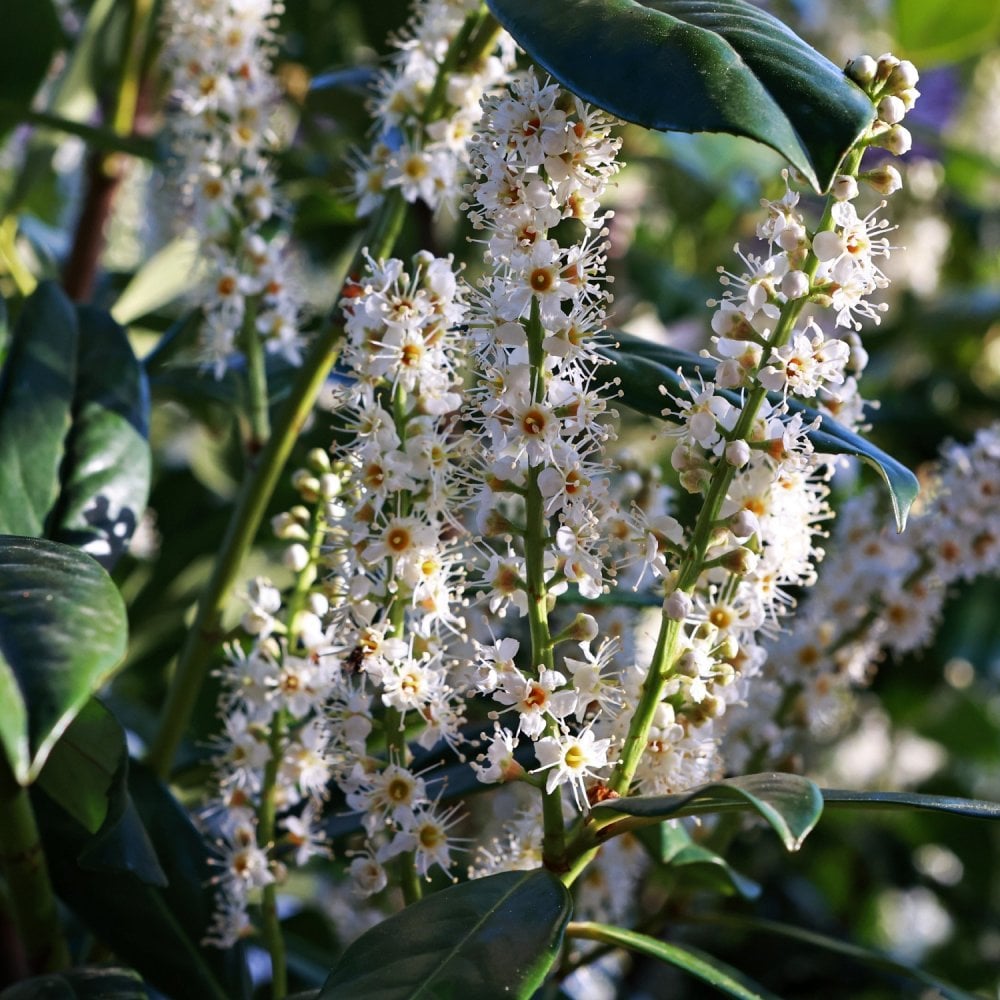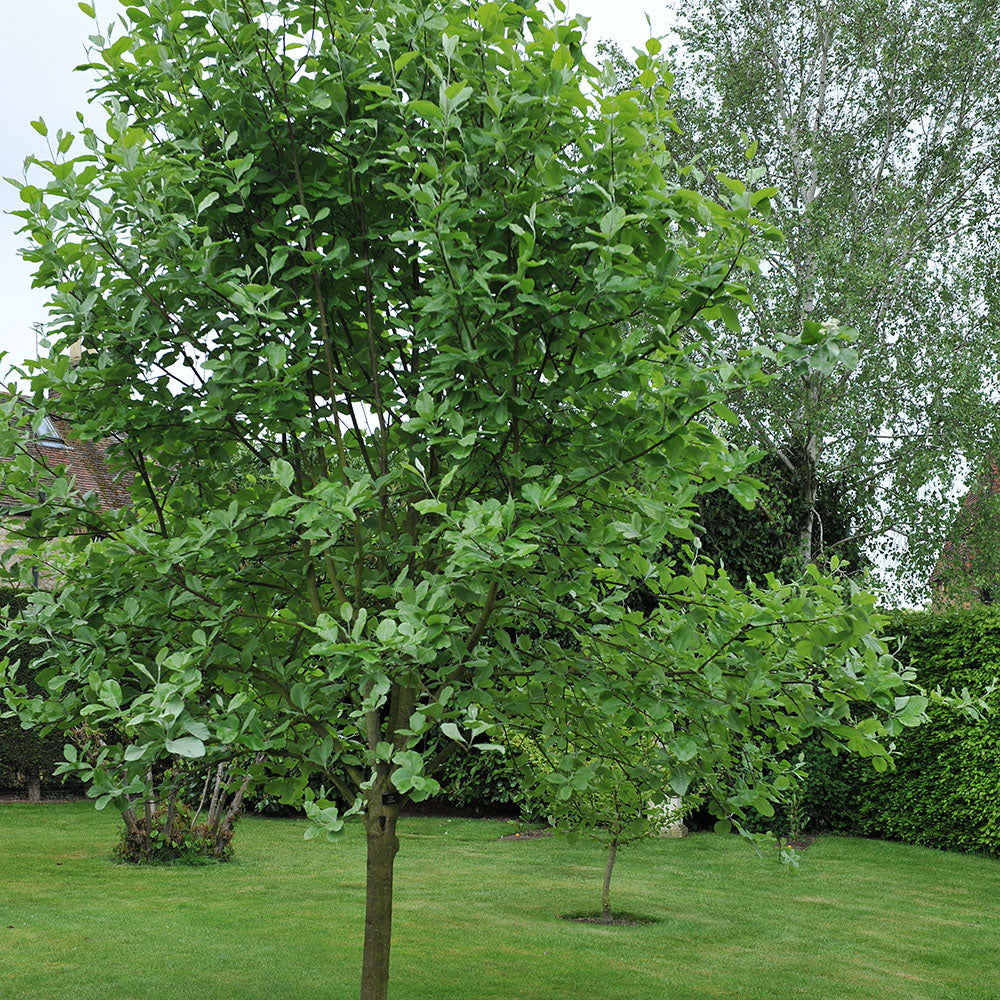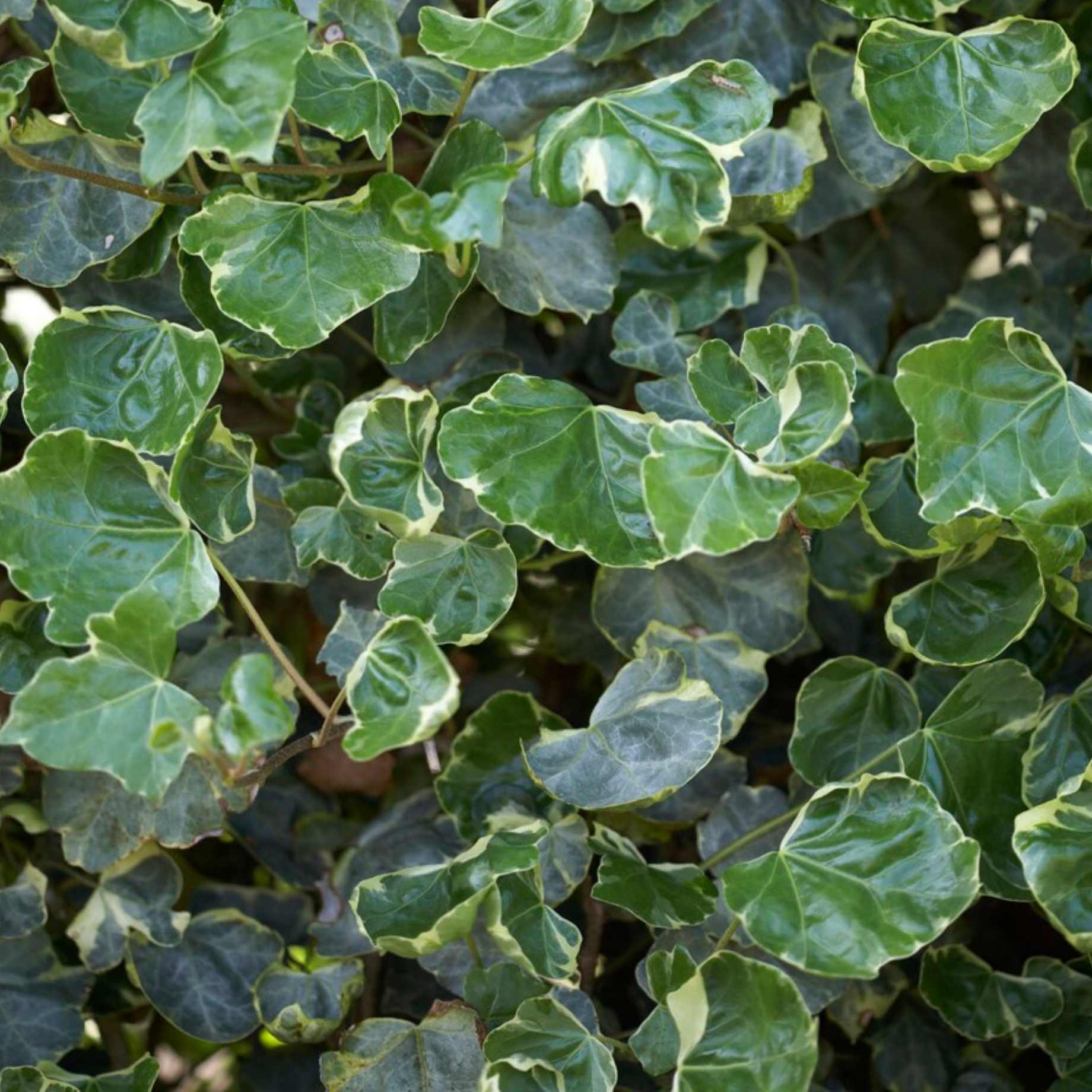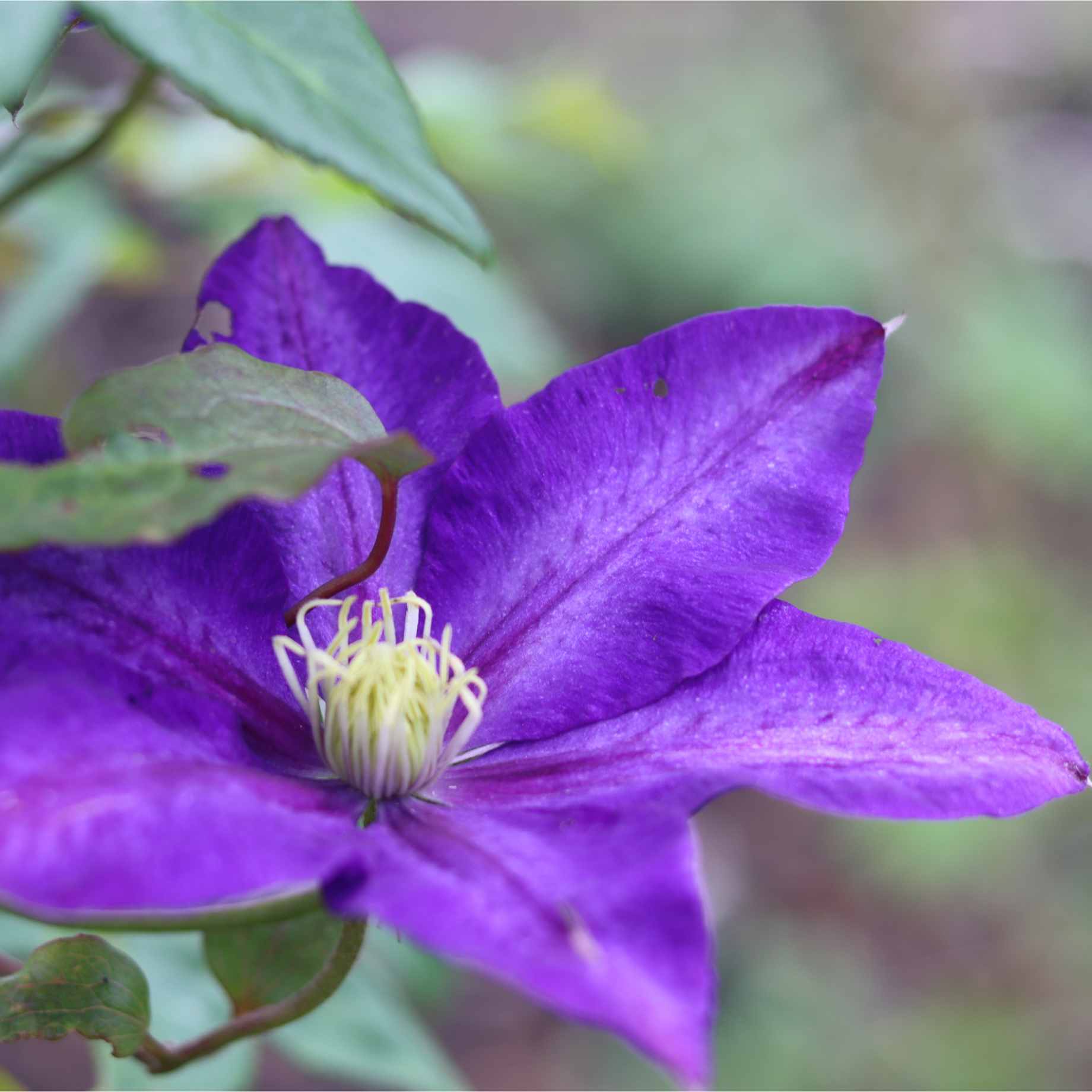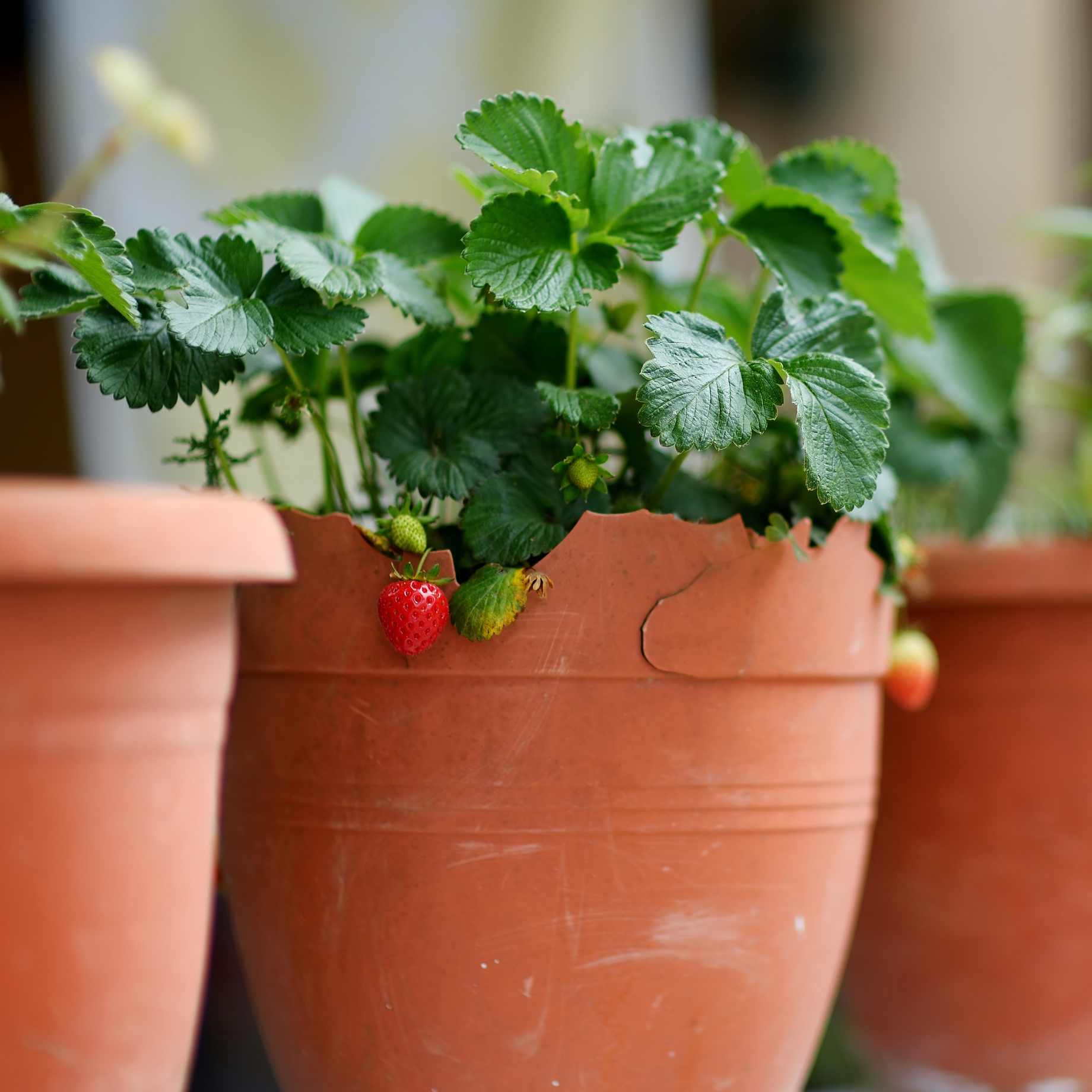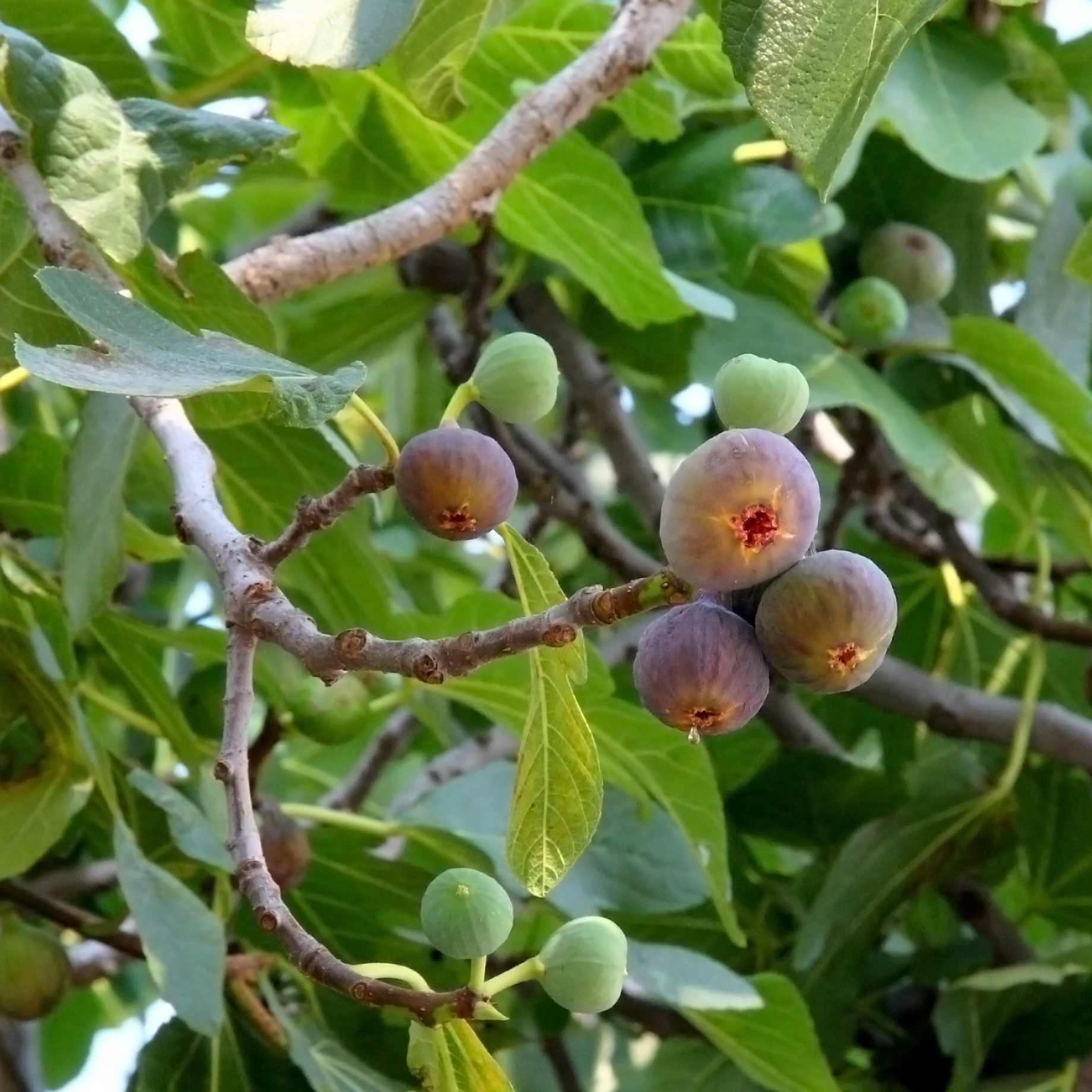Key features
FoliageHeart-shaped leaves turn yellow in autumn (deciduous)
FlowersSmall white, fragrant flowers
Eco benefitsAttracts pollinators
PositionFull sun to part shade in a sheltered site
SoilPrefers moist yet well-draining soil
Description
Pleached version of Common Lime ‘Pallida’ featuring pretty heart-shaped green leaves with a hint of yellow, which are attached to reddish-brown branches. During the summer, it blooms fragrant white-yellow flowers, followed by leaves turning a beautiful golden hue in the autumn. This tree is an excellent choice for a wildlife garden due to the flowers attracting pollinators.
Tilia × europaea ‘Pallida’ prefers full sun or partial shade within a sheltered environment. It is best grown in moist but well-drained soil. This pleached tree has been expertly trained and pruned to form a specific shape and appearance.
Planting Steps
1Preparation
- Pot-grown plants can be planted at any time of year, whereas bare roots need to be planted between November and March.
- Clear weeds and grass within a metre of the planting hole.
- Dig a hole as deep as the root mass and twice as wide.
- To help your plant establish more effectively, sprinkle Rootgrow in the hole.
2Planting
- Gently loosen the roots and place into the planting hole.
- Ensure the top of the plant’s compost is flush with the level of the surrounding soil and the graft union or collar of the tree is above ground level.
- Mix 50% of the original soil with 50% compost.
- Fill in the hole, firming the soil gently.
3Last Steps
- Water generously around the base of the plant.
- If you are planting either a single stem tree or mature standard tree, we recommend adding a staking kit and rabbit guard.
Aftercare Advice
Trees and shrubs require a good watering regime for a couple of years whilst they establish. Water well and regularly through spring and summer, increasing in hot or dry weather. If planting in autumn, you may only need to water a little. It is advisable to keep the area free of competing weeds and grass during this period.
For more detailed advice and video guides, please visit our Help & Advice section.


